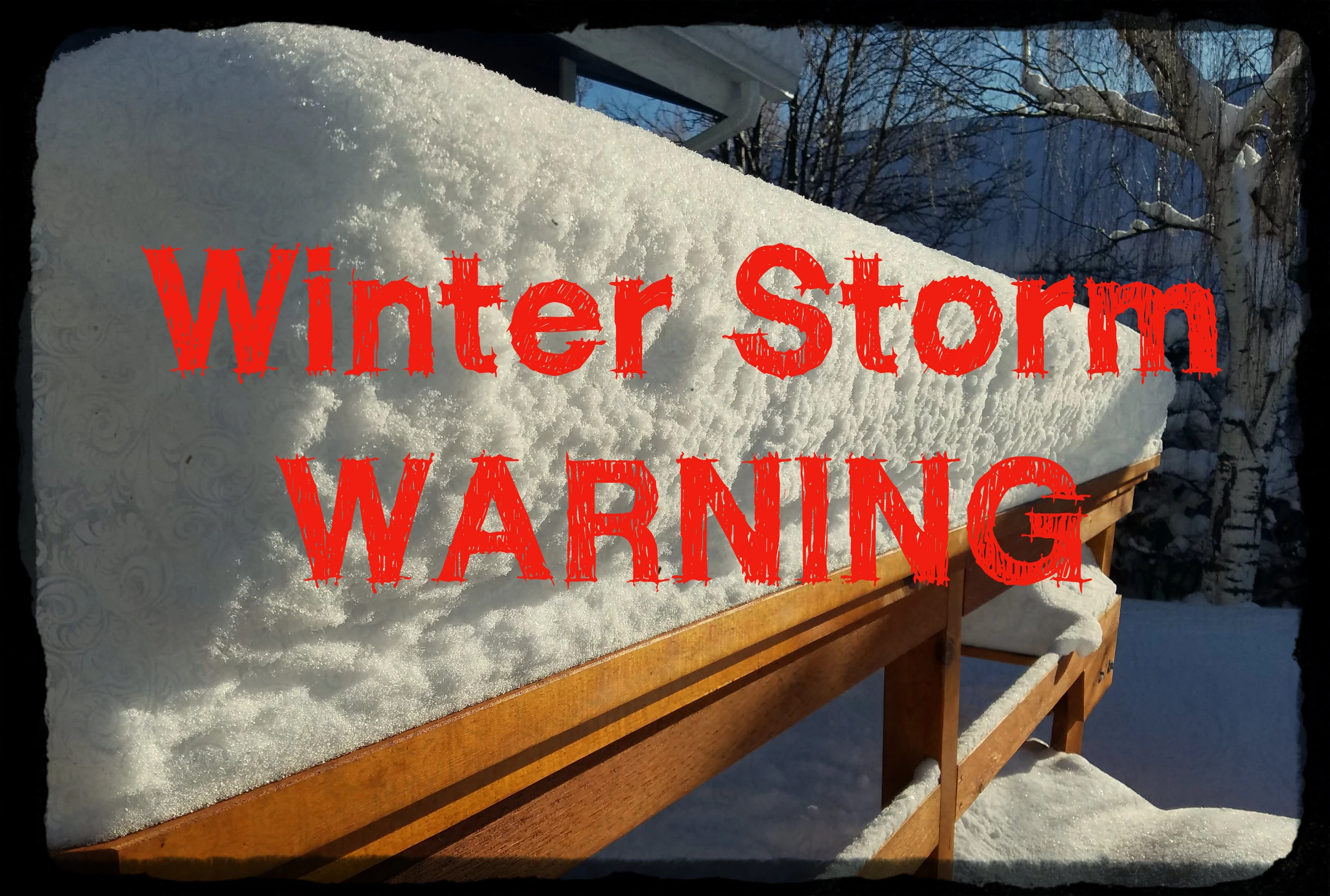

Be prepared to kneel facing a wall and cover your head.Īfter the tornado touches down and then moves on Position yourself in an interior corridor of the area away from glass. When taking shelter, go to the basement or lowest level of a building.(See related information) When this happens, seek shelter and tune to local radio and TV stations to determine the nature of the emergency. Outdoor sirens placed strategically throughout campus might sound, depending upon the situation.When a thunderstorm or tornado warning is issued Be alert to changing weather conditions.Listen to local radio and TV stations for further updates.The campus community can prepare by considering the following: On average, there are 23 tornadoes reported in Indiana annually. Purdue is located in a region of the United States that is prone to dangerous weather events such as severe thunderstorms and tornadoes. Consideration also is given to how far people need to walk outdoors, which is greater for students than for faculty and staff, most of whom park in lots and garages near the campus. For example, in addition to temperature and wind chill, administrators consider the entire forecast for the day, snow cover, anticipated snowfall, icing, the conditions of roads and parking lots, and the ability to heat buildings and remove snow.

Many variables come into play when making decisions about schedule changes. Bus stops are located all around campus, and buses run throughout Lafayette and West Lafayette. Taking the Purdue tunnels and enclosed walkwaysĬityBus is free to everyone with a Purdue student, faculty or staff identification card.Wearing boots or shoes that provide good traction.



 0 kommentar(er)
0 kommentar(er)
